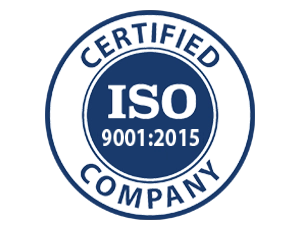Category Archive: Liquid Molding Methods

Over the past year, the wood and resin craft market has hit its stride. A quick search on Etsy or YouTube yields thousands of results. We’ve fielded numerous calls from artists, furniture makers, and entrepreneurs trying to find a good epoxy to use for casting river tables, wood/resin jewelry, lamps, and various other artistic endeavors. […]

Part 2: Casting the Unicorn In part 1 of this how-to guide, we showed you how we created the silicone mold using Hapsil™ 360. In part 2, we will go through the steps and materials needed to cast a water clear part out of Ultraclear™ 480N-40, using Hapco’s X-80 Molding Chamber and X-Vac™ Chamber. Ultraclear™ […]

In this article, we show you step by step, how to duplicate a complex pattern using Hapco’s high performance materials and equipment.
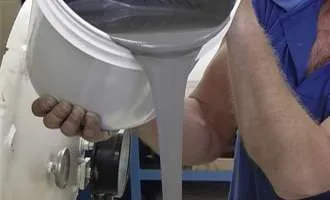
There are many specialty resins that are formulated for highly-engineered applications, and because of their unique chemistries, they have a thicker viscosity than other products, making them a bit trickier to process. This article offers helpful advice to those who need to process a thicker viscosity resin in order to meet a wider range of requirements for their parts.
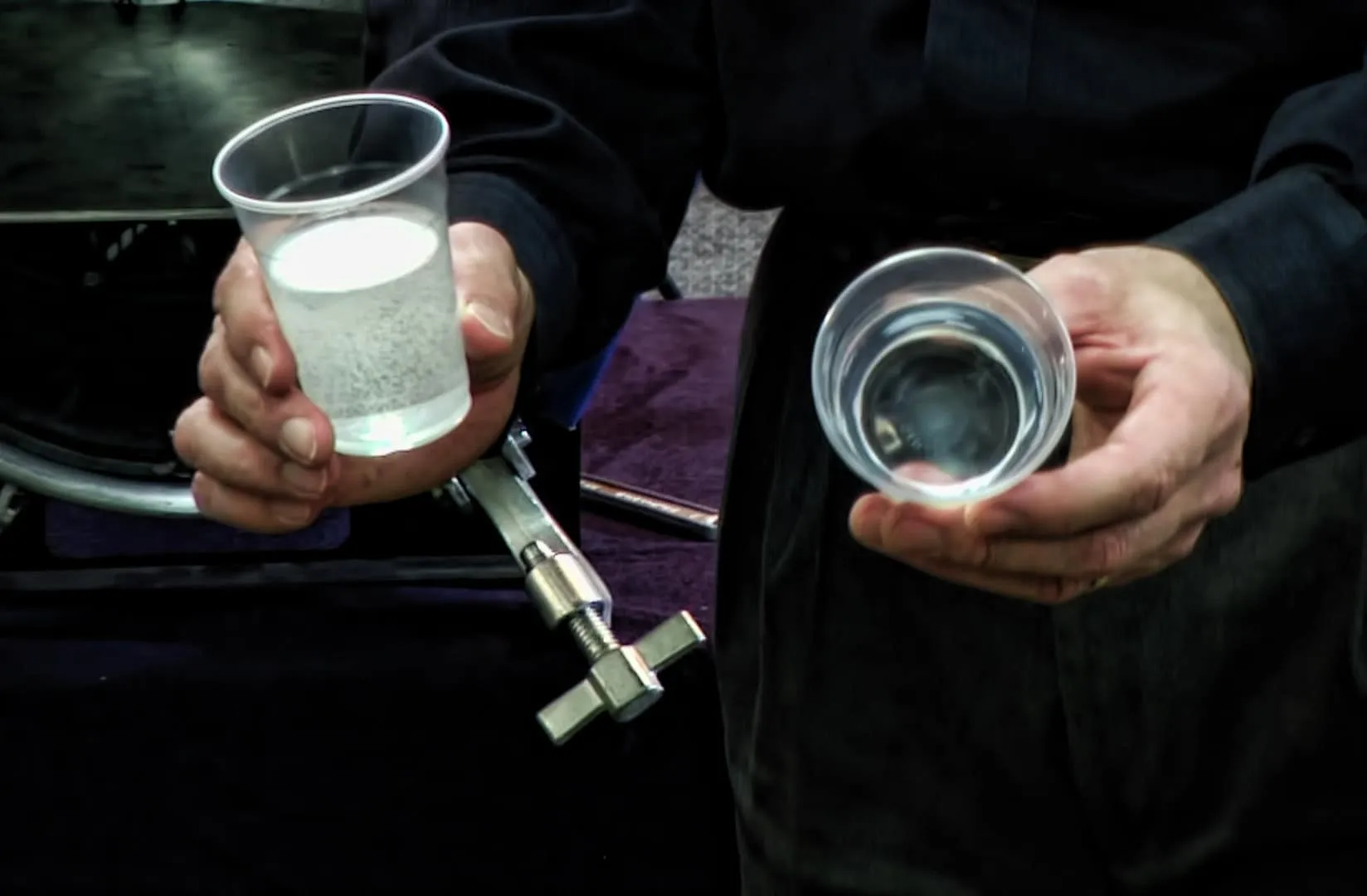
Achieving clear, bubble-free parts using clear epoxy or urethane is not impossible, but as anyone with experience will tell you, it’s not without its challenges either. The task can be even more daunting if the part possesses complex detail or undercuts, however with the right combination of materials, equipment, and expertise, attaining water-clear castings without […]
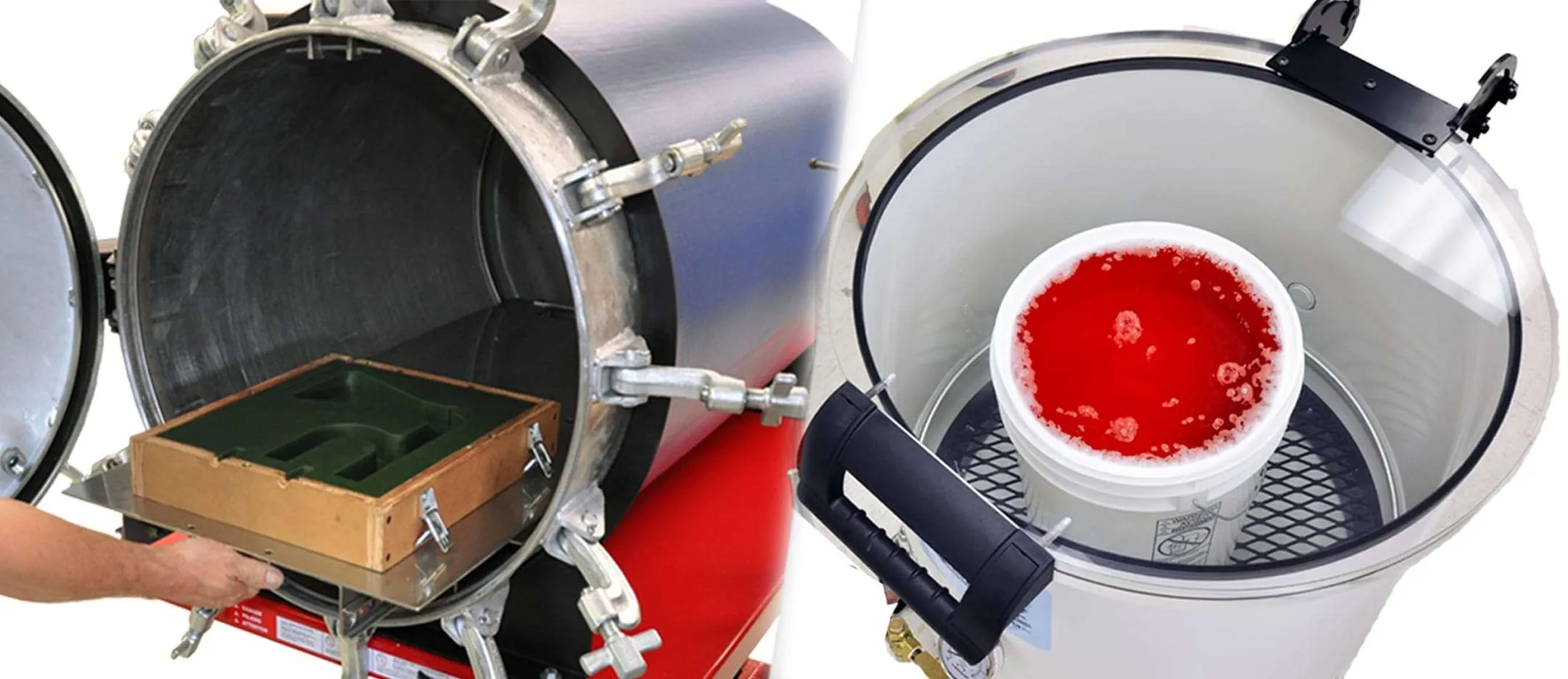
Q. What is the difference between vacuum degassing and pressurizing? A. Vacuum de-gassing expands the air trapped during mixing or pouring, causing the bubbles to grow, rise to the surface, and in most cases, release. After a period of time the amount of trapped air decreases. The material’s viscosity and surface tension will determine how […]
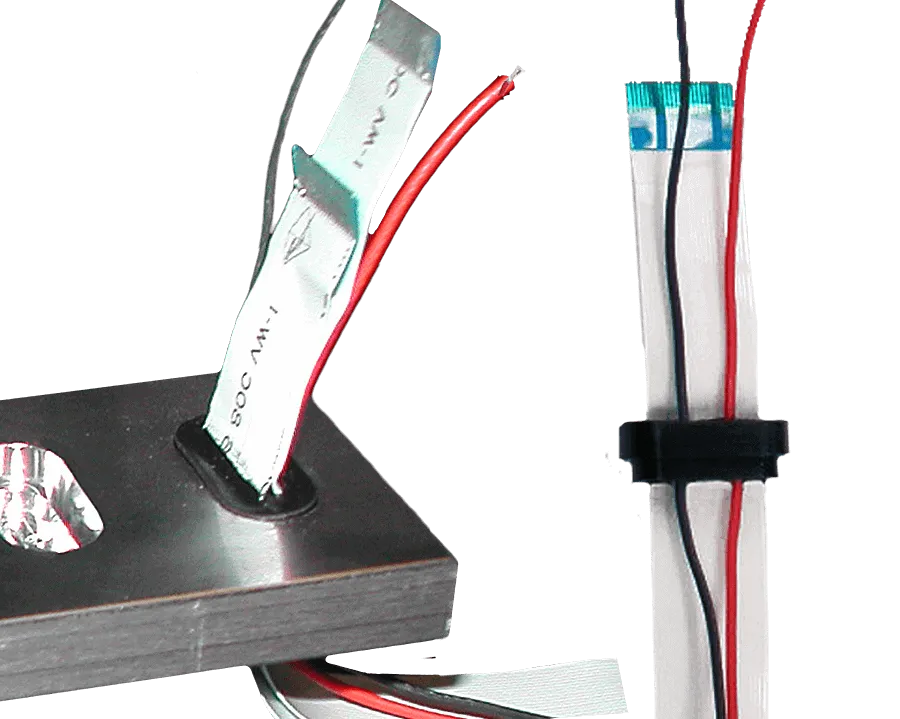
Potting consists of immersing the part or assembly in a liquid resin, and then curing it. Although often confused for each other, potting is different from encapsulation in that it retains the shell that is used to contain the thermoset resin while it’s curing. Encapsulation involves building a mold or frame around an object, e.g., […]
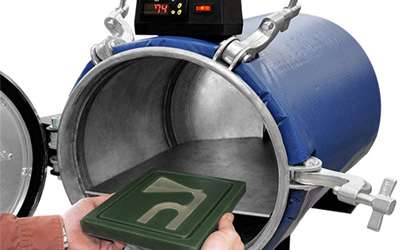
In the past, we’ve discussed the importance of temperature control when casting with thermoset resins. In this article, we will focus on the post cure process for molds or parts made with thermoset resins. What is post-curing? Post curing is the process of exposing a part or mold to elevated temperatures to speed up the […]
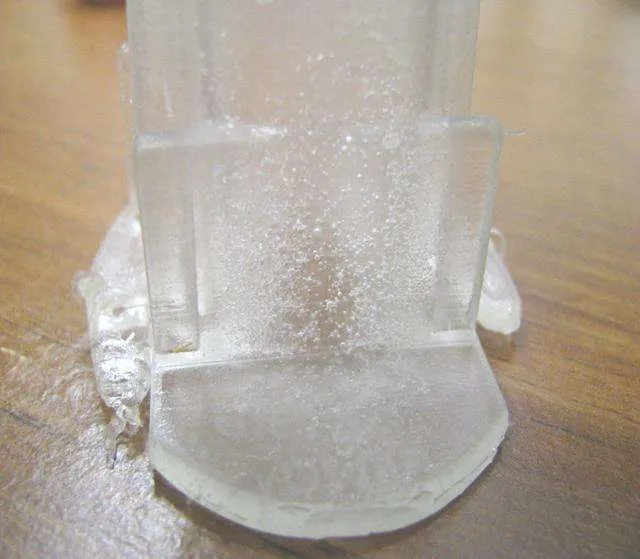
Clear part with an uncured surface. If I had to come up with a list of the most common issues our customers call us about, along with air bubbles, a sticky surface on their clear castings would be at the top. My first question to them is always: Are you using silicone? In 95% of […]
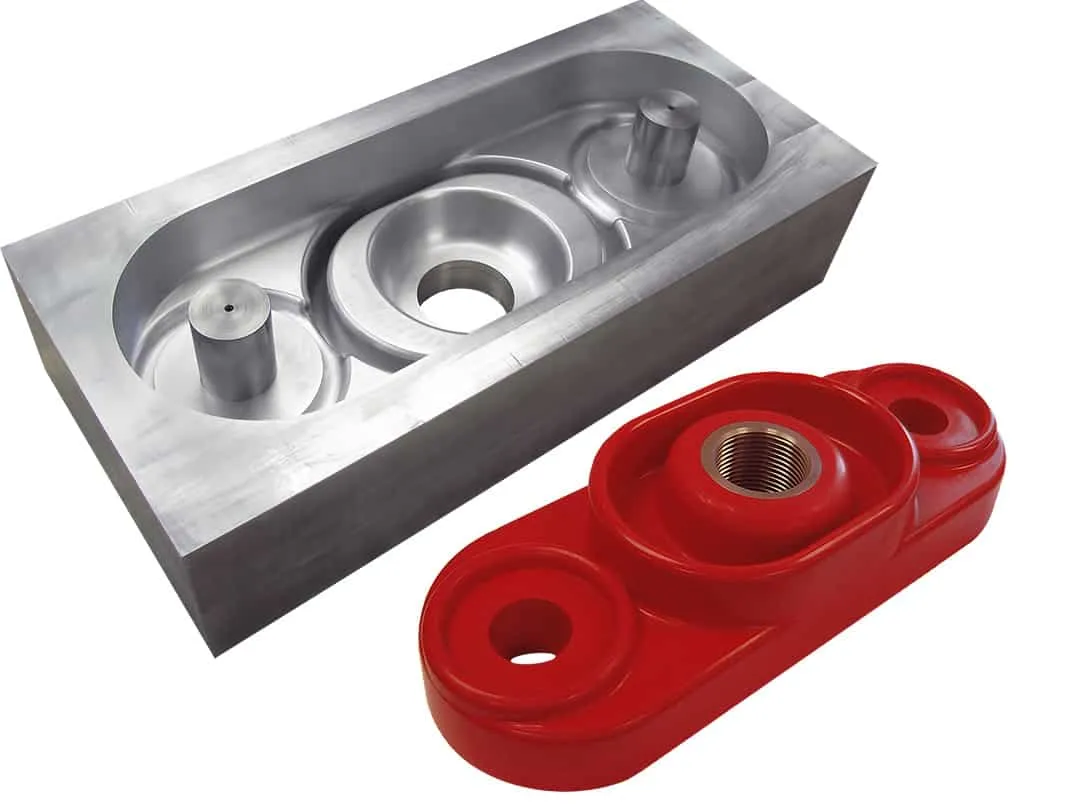
The liquid molding, or the resin casting process as it is typically referred to, lets designers produce high-quality plastic parts economically in low volumes. Any shape that can be machined or injection molded can be cast, however, liquid molding becomes most attractive when part geometry poses design restrictions for traditional processes. Varying wall thicknesses, internal […]
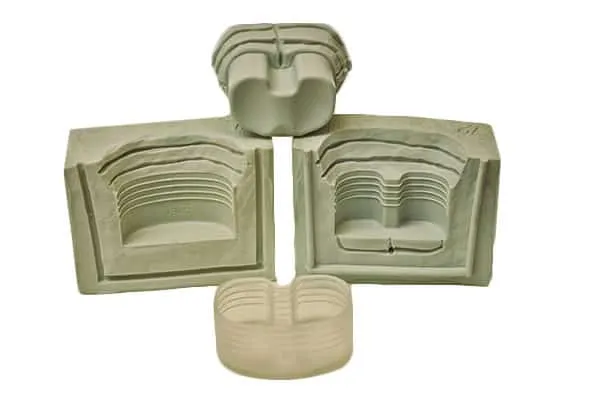
A few months back, we discussed the differences between Liquid Molding and Injection Molding and described when each method is appropriate. As a follow up, we thought it would be important to focus on Liquid Molding and to discuss some of the tooling options as well as the advantages and disadvantages to using each. Aluminum […]
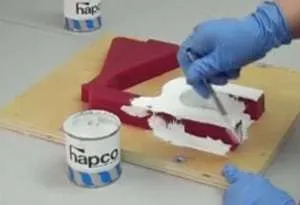
Learn an advanced molding technique that can be used for parts or molds. This technique results in a high performance surface coat with a lower cost structural back-up. Products used in this tutorial are the Hapcoat 3721, Haprez 3744/63, Grease-It Wax LT and Grease-It™ Two. If you would like to download a printable version of this tutorial, click here.
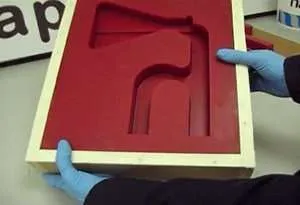
This video will teach you how to create a mold with a high performance surface material and a machinable, low cost backup, which in this case is Hapco’s Fill-Its/Haprez combo. The reason for creating a mold like this is to cut down on the thickness of the Hapflex 668, a high performance material, which can be expensive. […]
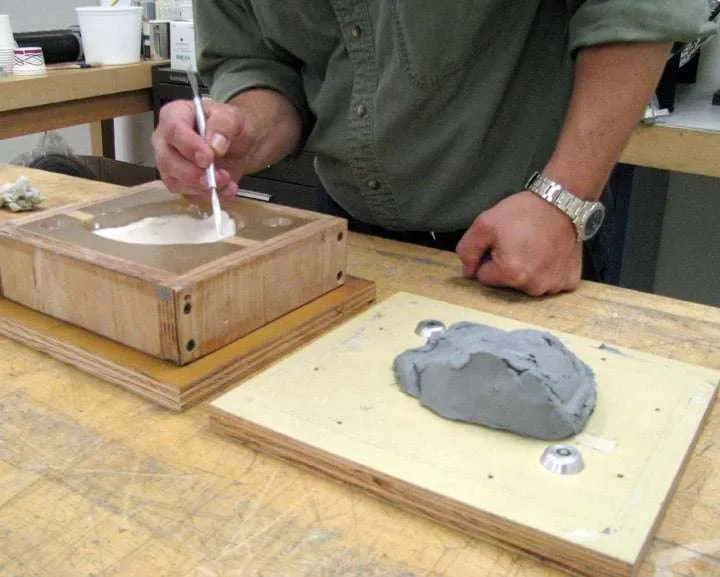
8:00AM – 10:30AM Use some clay to raise the part from the parting board and orient the part to maximize the flow of material and minimize the amount of air that could get trapped. Build up a mound of clay underneath the part, leaving room for the gate and vent. The angle from the clay […]

“It ain’t rocket science” as they say, however, the resin-casting/liquid molding process does require “the right stuff” in order to ensure positive results. Whether you’re producing one or two prototypes, or manufacturing a low-volume production run of a few hundred, your goal should always be to cast perfect parts and eliminate rejects. One way to […]
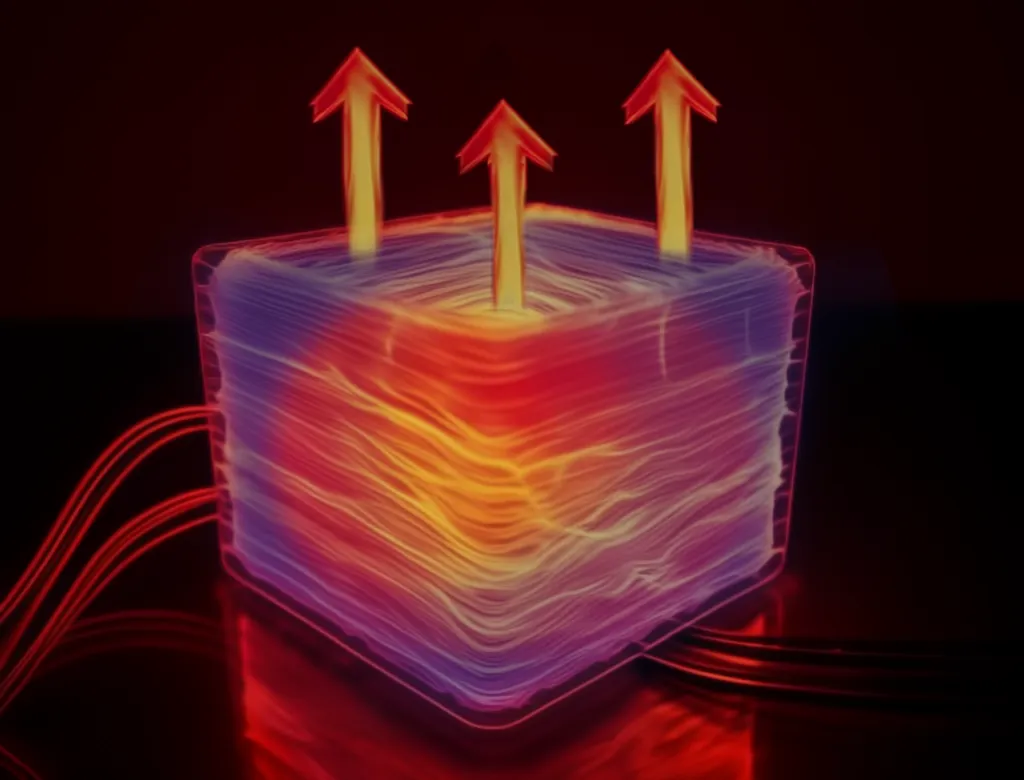
Although this topic is pertinent year-round, it is especially relevant at this time when most of the country is being plagued with unusually hot, humid weather that can wreak havoc on the liquid molding process. Thermoset polyurethane resins, which are by far the most widely used materials for this process, are particularly sensitive to moisture. […]
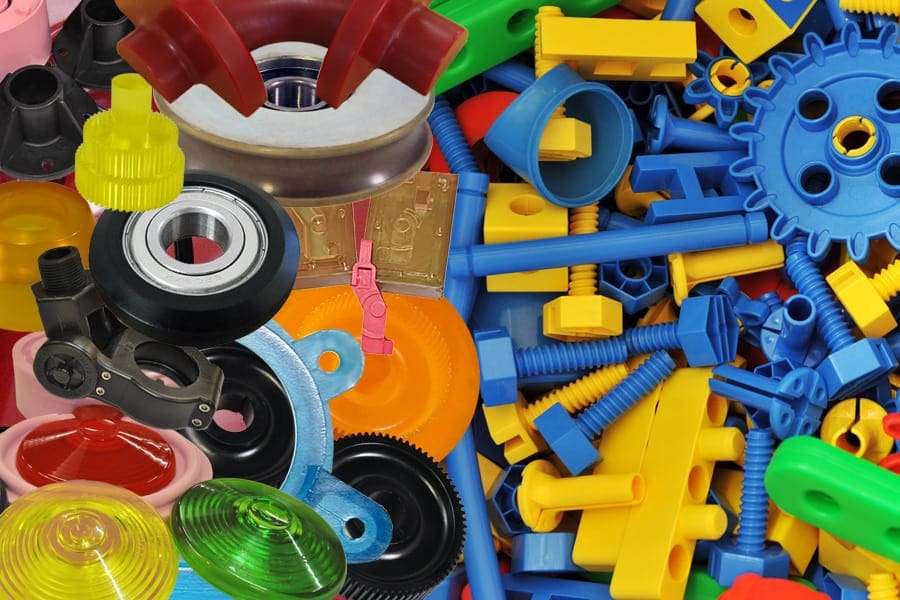
Outside of its design, precisely how your product or part is molded has the greatest bearing on its cost and capabilities. Great ideas can founder taking the wrong course. So it is prudent to consider your options early in design. How do you know when liquid molding ends and injection molding begins? Thermoplastic and Thermoset […]




















